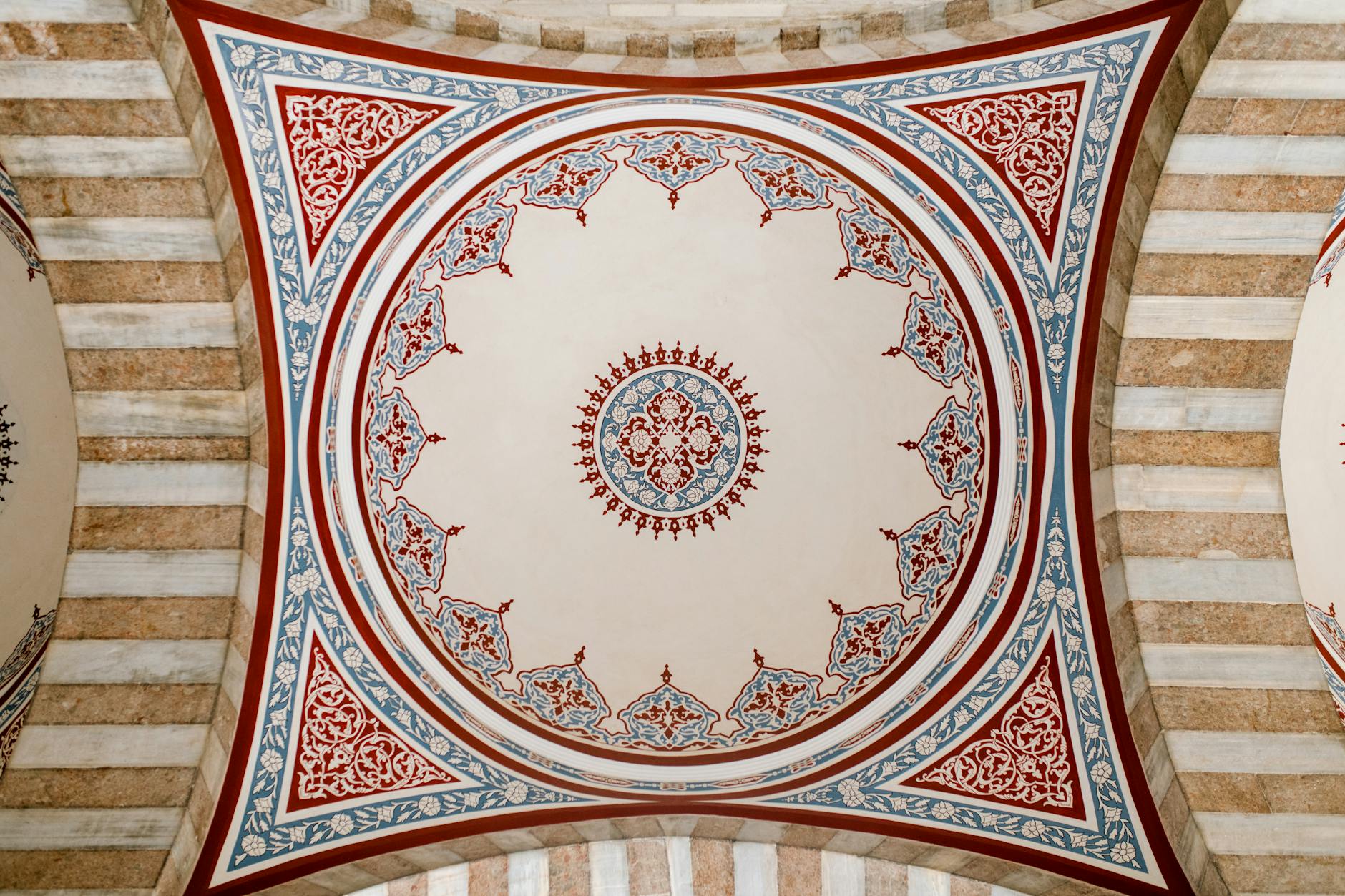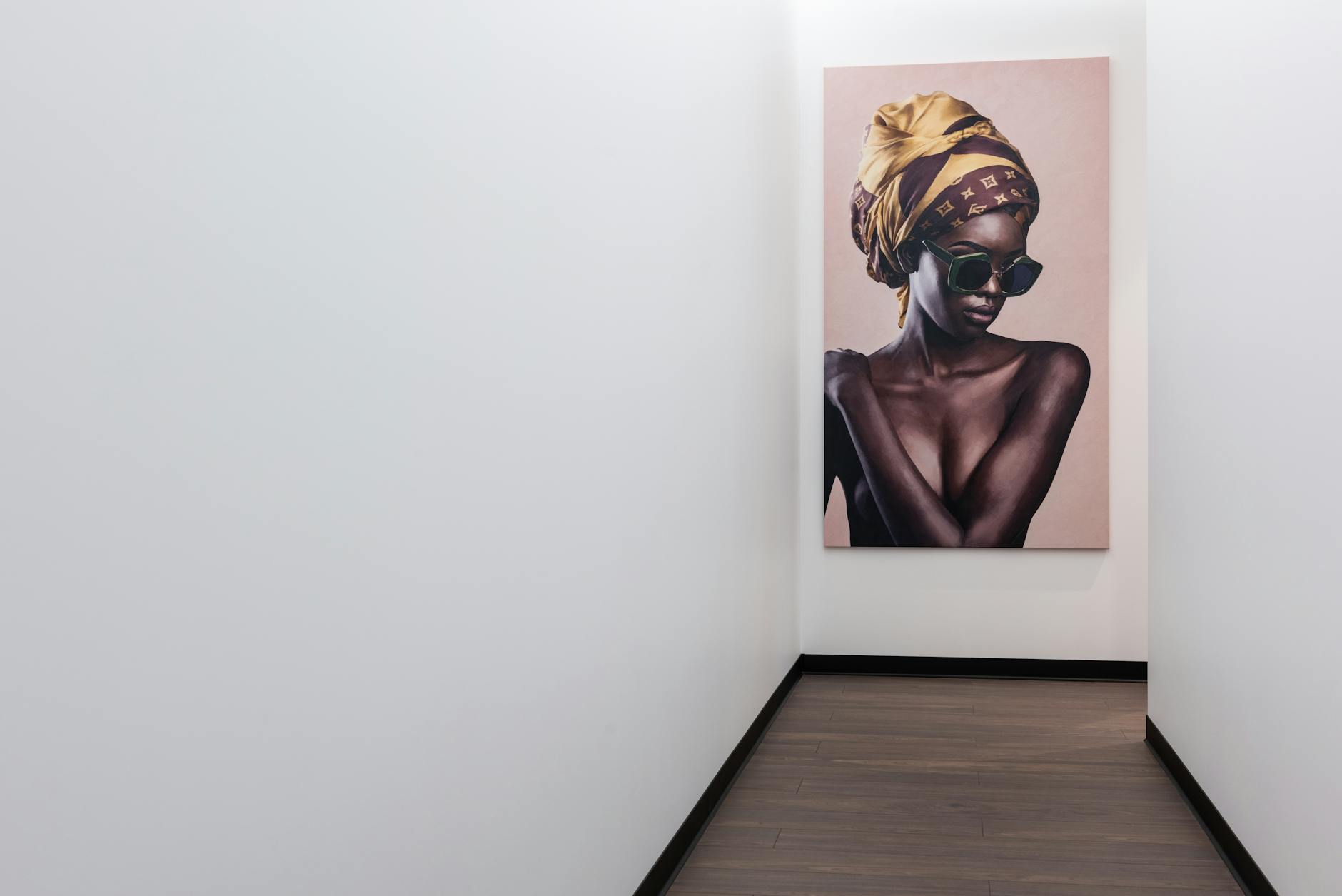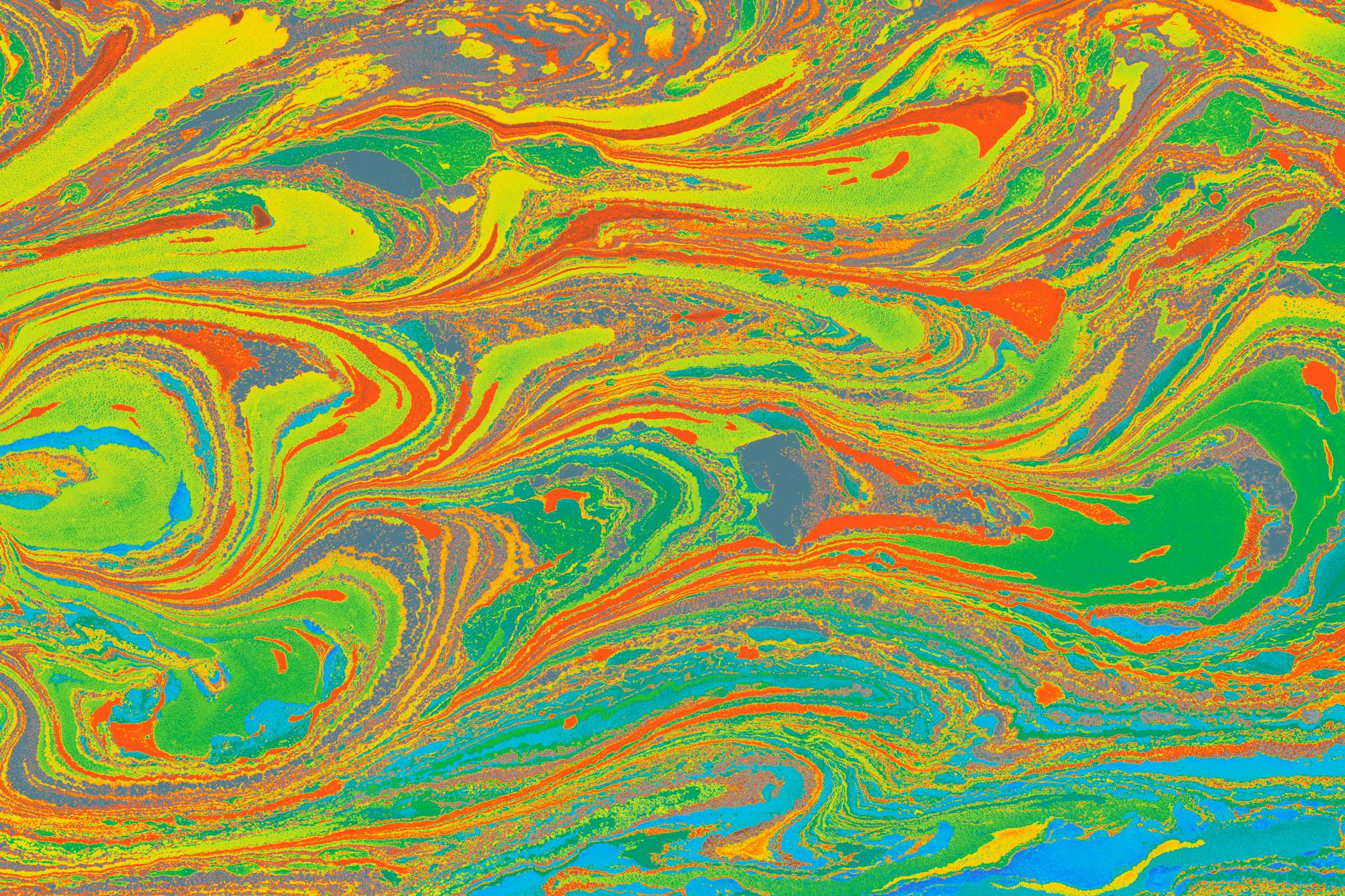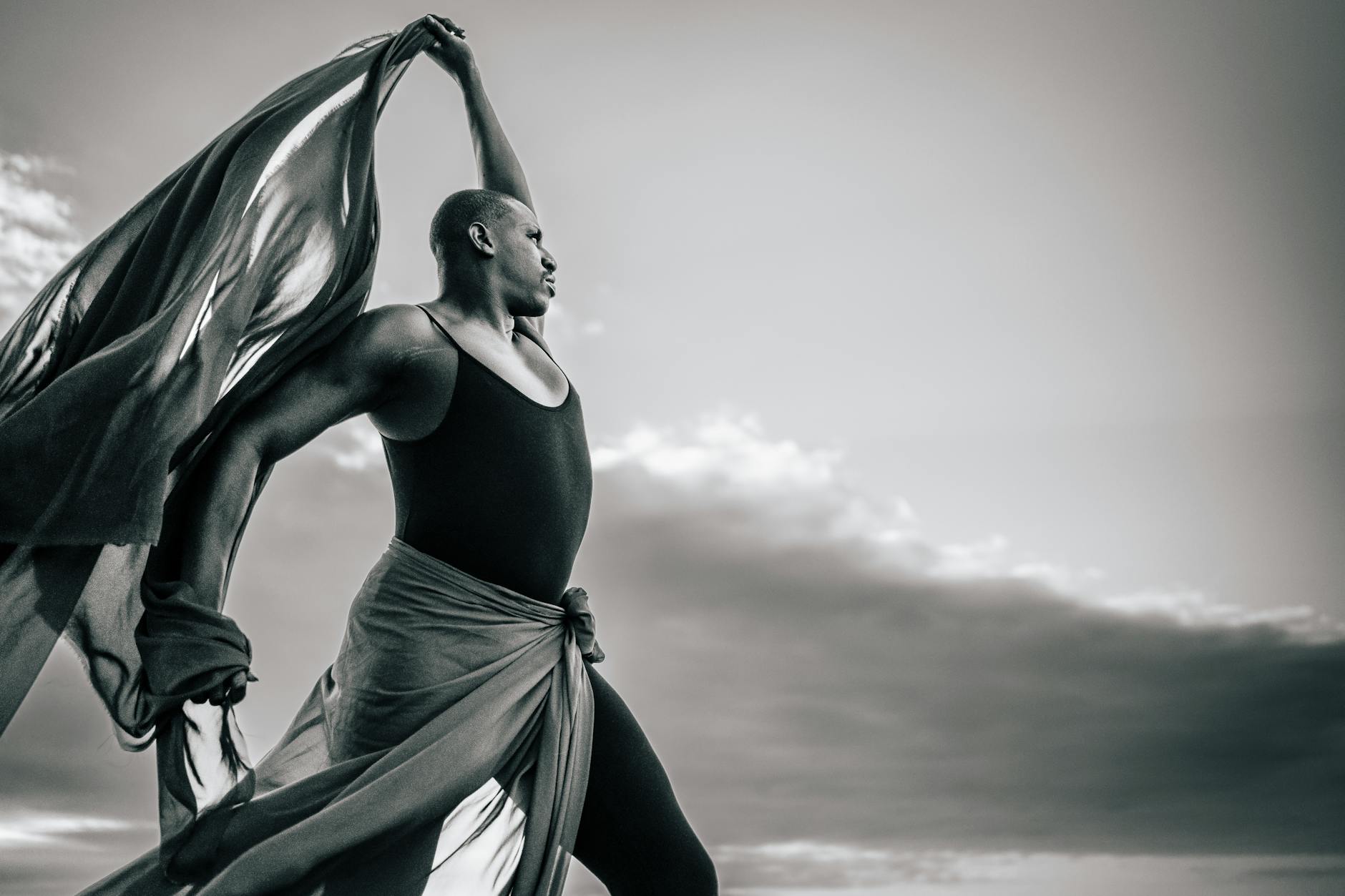The world of art has always been a vivid one, shaped by the bright colors and intricate designs that spring forth from the mind of an artist. But in the 1960s, a new form of artistic expression burst onto the scene – one heavily influenced by the psychedelic movement. This was primarily sparked by the counterculture of the time and the experience of hallucinogenic substances, leading to an explosion of vibrant, psychedelic-inspired art pieces that continue to resonate today. This article will delve into the fascinating history of psychedelics in art, highlighting renowned artists of the era and examining their cultural influence.
The psychedelic movement intertwined deeply with the counterculture of the 60s and 70s. This was an era marked by anti-establishment ideas, protests against the Vietnam War, and the mass use of psychedelic substances such as LSD. More than mere recreational drugs, these substances provided unique, transformative experiences, leading to a completely different perspective on reality – an effect vividly reflected in the visual culture of the time.
Often described as a blend of surrealism, expressionism, and pop art, psychedelic art displayed an exceptional level of creativity and innovation, with intricate patterns, luminous colors, and swirling, distorted forms. These unique pieces of art looked as though they could only have been born through a psychedelic experience. The recognition of this genre was galvanized by artists such as Peter Max and Rick Griffin, who were heavily influenced by the hallucinatory quality of psychedelics, their creations echoing the ‘trippy’ emotional and cognitive experiences produced by these drugs.
In the same period, surrealism and expressionism signified a break from traditional art, introducing new forms and techniques that were seen as more emotional and imaginative. The mixing of these elements gave birth to artworks that challenged the boundaries of real and imagined, stirred discussion and stirred the cultural landscape. Artists like Salvador Dali and Pablo Picasso had already paved the way for the usage of altered states and distorted realities in their works, providing the perfect steppingstone for psychedelic artists to express themselves fully.
As the influence of the psychedelic movement grew, so did its impact on the larger art history. Not only did it contribute to a wider acceptance of psychedelic substances in general – it also played a significant role in transforming the broader perceptions of art. It led to a surge in conceptual and performance art, and saw the emergence of fascinating art events like San Francisco’s Summer of Love, which drew thousands of people across the country, captivated by the vibrant synergy of music and psychedelic art. The cultural influence of this psychedelic wave cannot be understated: even today, its impact can be seen in album covers, fashion, graphic designs and cinema.
Moreover, psychedelics and art have always had a symbiotic relationship. Psychedelics open the doors of perception and prompt spiritual, therapeutic experiences, bringing about self-transcendence and a deep understanding of the universe and oneself. Many artists have translated these profound insights into creative ventures – producing art that not only reflects their experiences but also triggers similar feelings in those who view it. This has resulted in art being seen as a platform for dialogue about mental health, therapy, and more profound human experiences.
In conclusion, the psychedelic era was much more than a period of vibrant, hallucinatory art. It was a movement that embraced exploration, transcendence, and novelty. It allowed artists to delve deep into their subconscious and bring forth creations that provoked thought, discussion, and contemplation. Today, the influence of the psychedelic movement on art is as palpable as ever, her presence seen in the diverse array of art forms, genres, and mediums worldwide. The history of psychedelics in art is a mesmerizing journey, one that reminds us that art is not just a representation of the world, but also an exploration of the mind’s infinite potential.
Sources:
1. MASS MoCA
2. MoMA
3. The Economist
4. Guggenheim
5. PabloPicasso.org
6. The de Young Museum








